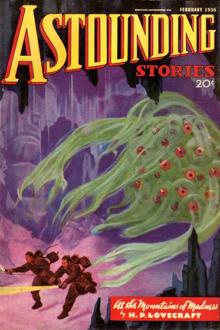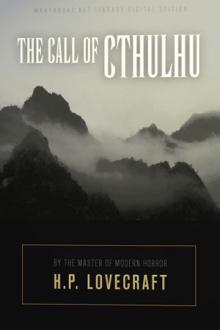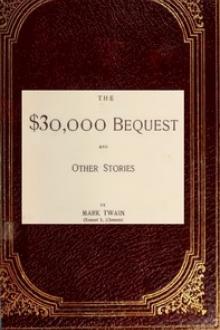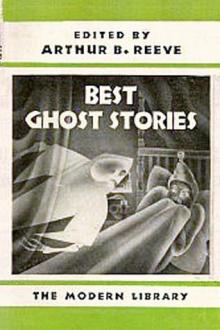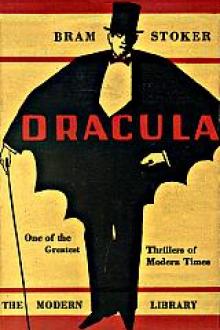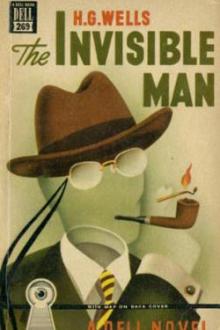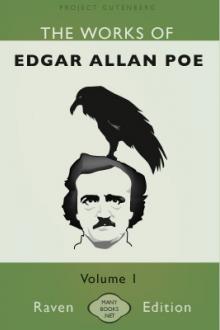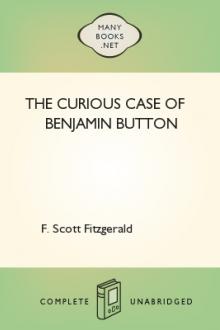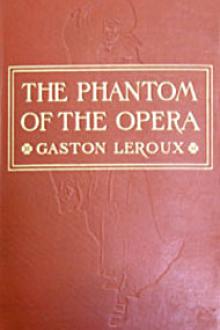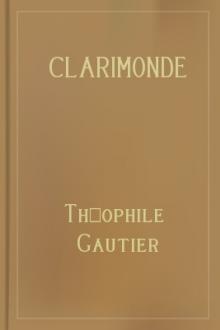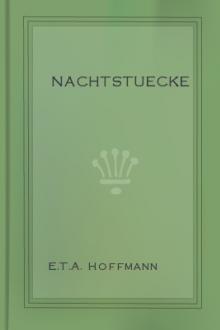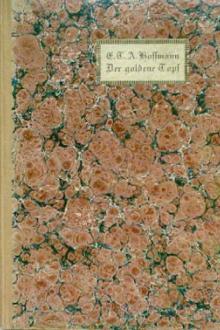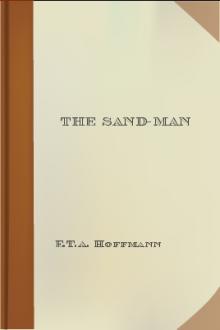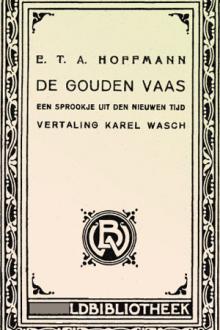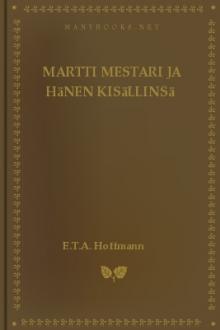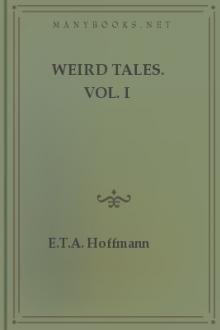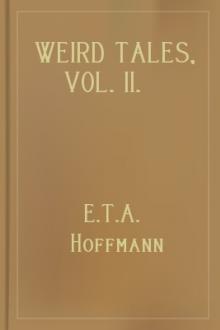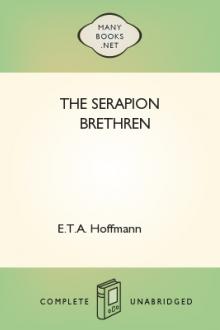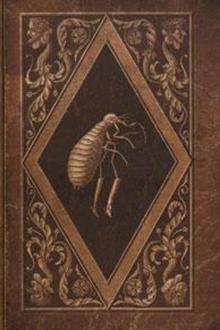The Deserted House
The Deserted House
Book Excerpt
ht; but he answered calmly, 'Yes, people say the ghosts walk about in the house.' But do not believe it, for it is not true." The hour was now come when fashion demanded that the elegant world of the city should assemble in this attractive shop. The doors opened incessantly, the place was thronged, and I could ask no further questions.
This much I knew, that Count P.'s information about the ownership and the use of the house were not correct; also that the old steward, in spite of his denial, was not living alone there, and that some mystery was hidden behind its discolored walls. How could I combine the story of the strange and grewsome singing with the appearance of the beautiful arm at the window? That arm could not be part of the wrinkled body of an old woman; the singing, according to the pastry cook's story, could not come from the throat of a blooming and youthful maiden. I decided in favor of the arm, as it was easy to explain to myself that some trick of acoustics had made the voice sound shar
Editor's choice
(view all)Popular books in Short Story, Horror, Ghost Stories
Readers reviews
4.0
LoginSign up
I must contradict Mr. Loewen. E.T.A. Hoffmann was not a Victorian writer, he is typical for the style of "German Romantic". The Deserted House (Das öde Haus) was written in 1817. The quoted 1909 could be the year of publishing the English translation. It reminds a bit of Mary Shelley.
I would suggest reading the novel The Devil's Elixir (Die Elixiere des Teufels). Published in 1815, the basic idea for the story was adopted from Matthew Gregory Lewis's novel The Monk.
I would suggest reading the novel The Devil's Elixir (Die Elixiere des Teufels). Published in 1815, the basic idea for the story was adopted from Matthew Gregory Lewis's novel The Monk.
- Upvote (0)
- Downvote (0)
Hoffman's The Deserted House is a fin de siècle gothic tale that may be a difficult story for modern readers to truly understand. Victorian sensibilities are considered quaint and archaic by today's standards and the early horror writers told their tales disguising the horror in innuendo. In this case, the narrator becomes involved through coincidence in the lives of a family that centers around a deserted city house. Though tame by today's standards, if the reader can grasp the true lineage of the Countess Edwina and the Victorian mores that were broken and how they viewed those poor unfortunates struck by mental illness, only then can you understand just how shocking this tale of psychic lust and desire would have been to the reader when this tale was first published.
01/20/2007
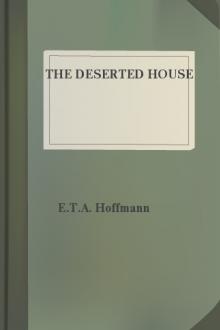
 Free Download
Free Download











